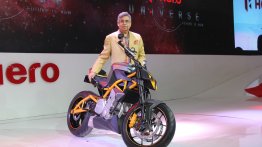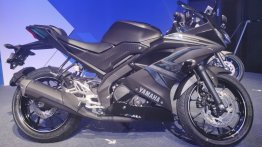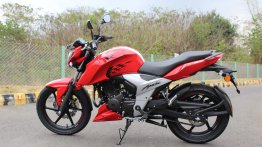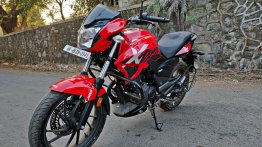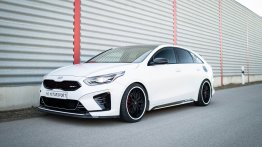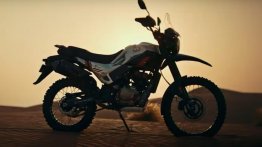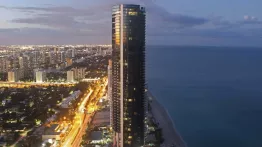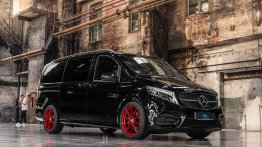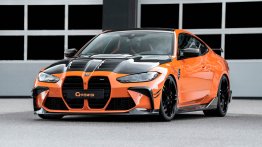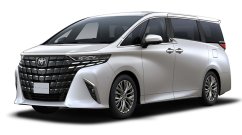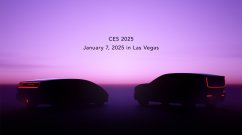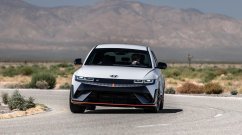The Indian motorcycle market is always a tough nut to crack. The two of the largest players in the market, Honda and Hero, alone account for more than half of the total sales. Honda has managed to nail the scooter sales while Hero maintains its supremacy in motorcycles. The power struggle is such that in the top three models (Activa, Splendor and HF Deluxe) alone account for nearly 6 lakh units a month. The market prefers to stick to a brand name, and this makes it increasingly difficult for new offerings to find a footing.
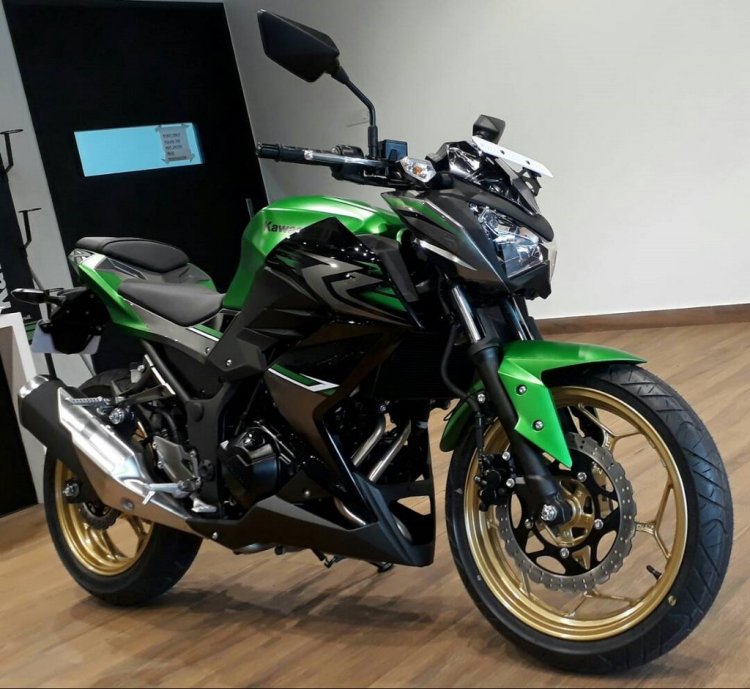
Over the course of the last decade, automakers have introduced several motorcycles which seem great on paper but have failed to excite buyers. Here’s a list of 5 motorcycles which failed to set the sales chart on fire.
Kawasaki Z250 – the pocket rocket amongst Kawasaki motorcycles which never zoomed
Kawasaki introduced the Z250 in the Indian market way back in October 2014 as their most affordable model. The bike is inspired by the chiselled looks of the mighty Z800 and Z1000. The bike borrows the 249 cc parallel twin motor from the Ninja 250. Coupled to a 6-speed gearbox, the engine produces 32 PS of power and 21 Nm of torque. When launched, the Kawasaki Z250 had a price tag of INR 2.99 lakh (ex-showroom, Delhi).
The bike’s biggest reason for tanking was the high price tag. Despite being a twin cylinder motorcycle, it was pitted straight against the single cylinder KTM Duke 390. The latter not only offers more power and features but also carries a more accessible price tag. The Japanese bike maker managed to sell a little over 120 units in the first year. In the financial year 2017-18, the numbers were at 38 units. The sales dropped to just 2 bikes in FY 2018-19. That’s not all, the latest SIAM data has revealed that the company has sold zero units of the Z250 since January 2019.
Also Read: Honda Activa 125 BS-VI: How different is it from BS-IV variant
Kawasaki ultimately removed the Z250 from its Indian website earlier this month, signalling the end of the bike’s stint in India. So, what could have Kawasaki done differently? The simple answer is localisation. An increase in localisation helped the brand price the Ninja 300 competitively resulting in a sharp jump in volumes.
Let’s hope Kawasaki rectifies the mistake with a more attractively priced Z300/Z400!
Suzuki Inazuma – Suzuki’s biggest fail in India
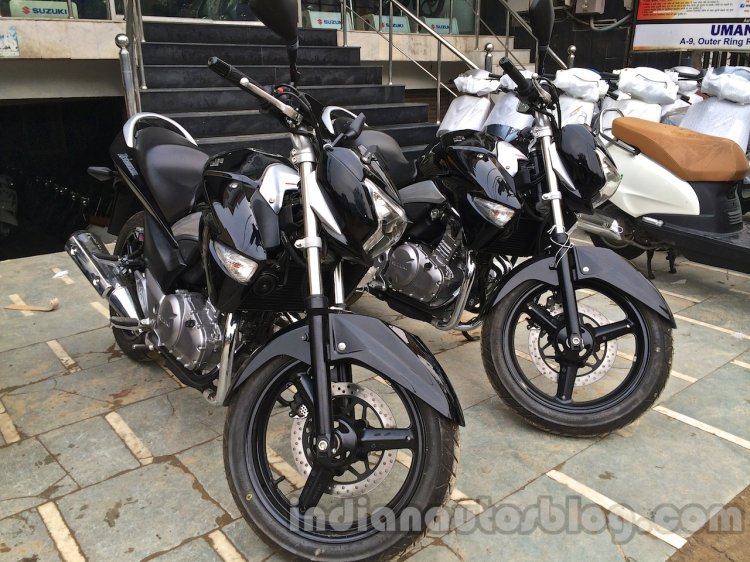
While the West sees Japanese motorcycles as an affordable alternative, in India, they are positioned at a premium. Do not get me wrong, European motorcycles are placed at an even higher pedestal in the country. The dated looks and a premium initial sticker price of INR 3.1 lakh (ex-showroom, Delhi) meant that the bike was doomed from Day 1.
At the heart of the Suzuki Inazuma is a butter smooth 248 cc SOHC, twin cylinder, liquid cooled mill. The output figures of 26.4 PS and 22 Nm too failed to excite prospective customers. Suzuki later did the unthinkable with a sharp price cut after a few months, bringing the price down to INR 2.31 lakh (ex-showroom, Delhi). It later pulled the plug on Inazuma in May 2015. In the course of two and a half years, the bike managed to find just 232 buyers.
Also Read: Suzuki Gixxer 250 - IAB Rendering
Suzuki could have brought a more aggressive and India-specific model would have helped the brand. Fast forward to 2019, Suzuki finally did that with the introduction of Gixxer SF 250. A mono cylinder offering developed specifically for the Indian customers. The segment will be further strengthened with a Gixxer 250 in the next few months.
Hero Impulse – the first true adventure motorcycle of India
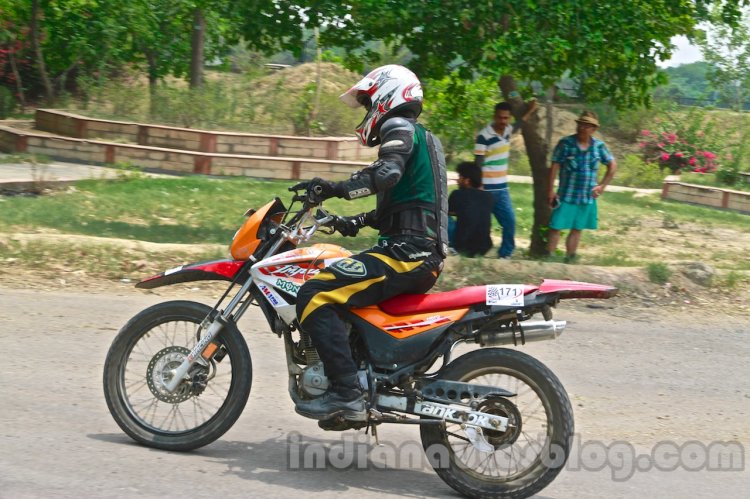
Hero ventured in the untested water of adventure motorcycles with their first product after the split with their erstwhile partner Honda. They showcased Hero Impulse for the first time in August 2011 in London and launched the bike in India in October the same year. At a price of INR 66,800 (ex-showroom, Delhi), the bike promised a fun ride when taken off the beaten track.
Powering the Hero Impulse was a Honda-made 149.2 cc air-cooled, carburetted engine developing 13.2 PS of power and 13.4 Nm of torque. That’s not the end of Impulse's Honda connection. The bike was based on the Honda NXR Bros which is an on-off road machine retailed in the South American market. The 149.2 cc powerplant still does duty in Hero’s product portfolio.
Also Read: Hero XPulse 200 - In 35 Official Images
The concept of an adventure-oriented motorcycle was unheard of back then and attracted only enthusiasts. The latter too turned away from the bike due to the lack of power from the puny 150 cc mill. Hero stopped producing the bike towards the end of 2016 and pulled it discontinued it in March 2017.
But hey, we finally have the XPulse 200 and XPulse 200T adventure oriented motorcycles which were introduced in May 2019.
Bajaj V15 – when Bajaj used Nationalism wave to sell a bike
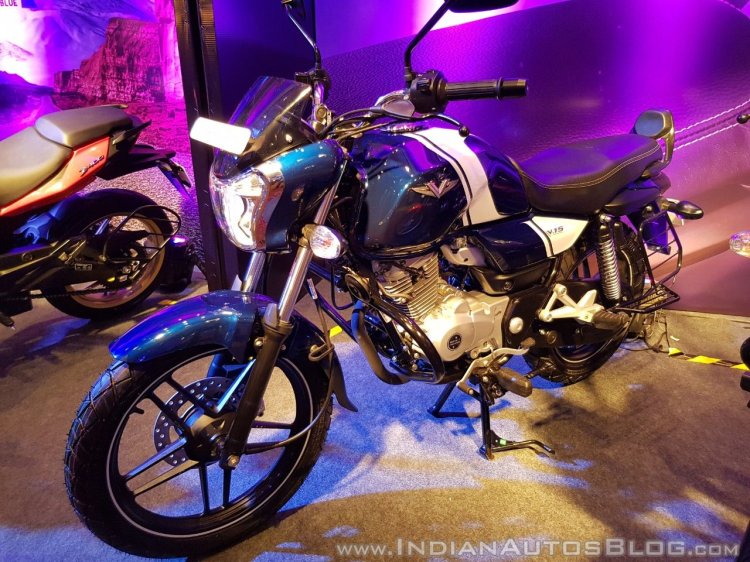
While the political scenario went through a major transformation in 2014, a very interesting trend was noticed in consumer mentality. Everything linked with the idea of India sells. The result, Bajaj V15 was born in February 2016 at INR 61,999 (ex-showroom, Delhi). The key selling point of the V15 was that it contained a piece of metal from INS Vikrant, India’s first aircraft carrier. Of course, Bajaj marketed it as a bike built from the indestructible metal of INS Vikrant.
The V15 did good numbers initially and became one of Bajaj’s largest selling model. The company even introduced a smaller capacity V12 to cash in the demand. Powering the Bajaj V15 is a 149.5 cc air-cooled DTS-I mill. The engine can produce 12 PS of power and 12.7 Nm of torque. Indians loved its commuter-centric dynamics and brought home thousands of it.
Also Read: MY2019 update boosts Bajaj Dominar 400 sales by 59%
Sadly, the downward slide of the sales volumes started last year. Bajaj updated the bike with a slightly increased output and some mild cosmetic updates in December 2018. Despite being priced near most 125 cc motorcycles, sales did not bounce back. The result, Bajaj did not upgrade the bike with the safety net of ABS and discontinued it.
Suzuki Bandit – the lesser known bike from the movie Dhoom!
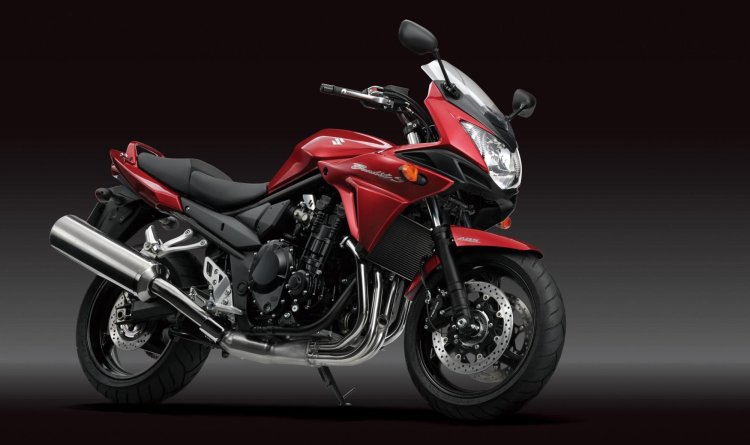
Yes, the movie Dhoom was not just about the Suzuki Hayabusa. It also had the Suzuki GSX-R 600 and Suzuki Bandit. While the former was never put on sale in India, the latter was. The Bandit globally is nothing short of a legend. Smooth power delivery, easy rideability and comfortable riding posture kept everyone happy.
The Suzuki Bandit 1250S was powered by an inline 4-cylinder, DOHC mill. The engine churned out 99 PS of power and a healthy 108 Nm of torque. The heavy kerb weight of 254 kg, though, kept enthusiasts away from it.
Also Read: Exclusive: CFMoto to enter India on 4 July, launch 4 models with AMW
One reason why I believe the bike failed was because for INR 8.5 lakh (ex-showroom Delhi), customers expected more grunt! The dull looks of the bike too were a damper.
Honourable mention of motorcycles which were worthy of their salt but saw the end of their innings too soon: Honda CB Stunner, Yamaha SS125 and Suzuki GS150R.



















